Welding Symbols
Welding symbols are graphical representations used in engineering and construction to convey information about the welding process and requirements for joining metal components. These symbols are standardized and follow guidelines established by organizations like the American Welding Society (AWS) and the International Organization for Standardization (ISO).
Welding symbols are typically included in engineering drawings and blueprints to provide welders, inspectors, and other stakeholders with clear and concise information about the type of weld, its dimensions, location, and other essential details. These symbols help ensure consistency and accuracy in the welding process.
|
See Articles
|
See Articles
|
Welding symbols play a crucial role in ensuring that welding processes are accurately understood and executed according to design specifications. They facilitate effective communication between design engineers, welders, and quality control personnel, ultimately leading to properly welded joints that meet the required standards for strength, integrity, and appearance.
Weld Symbols
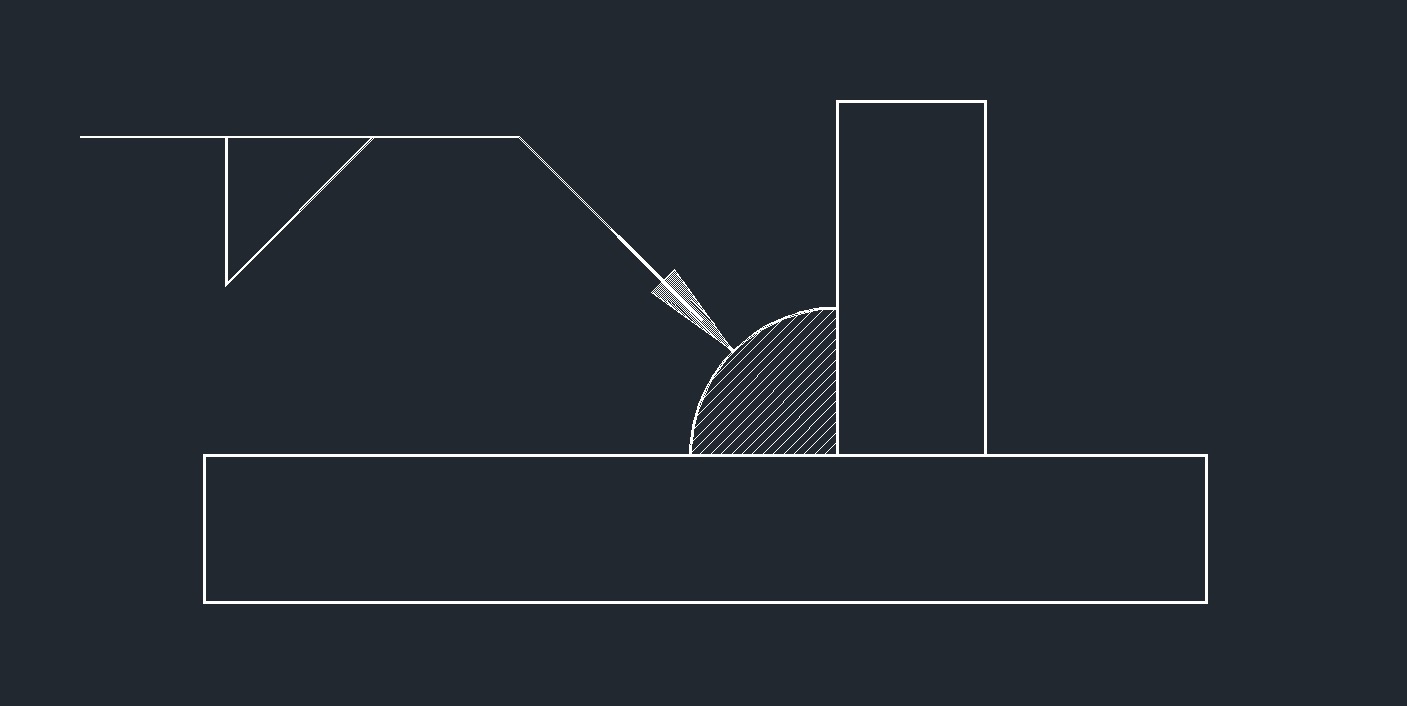 Fillet
Fillet 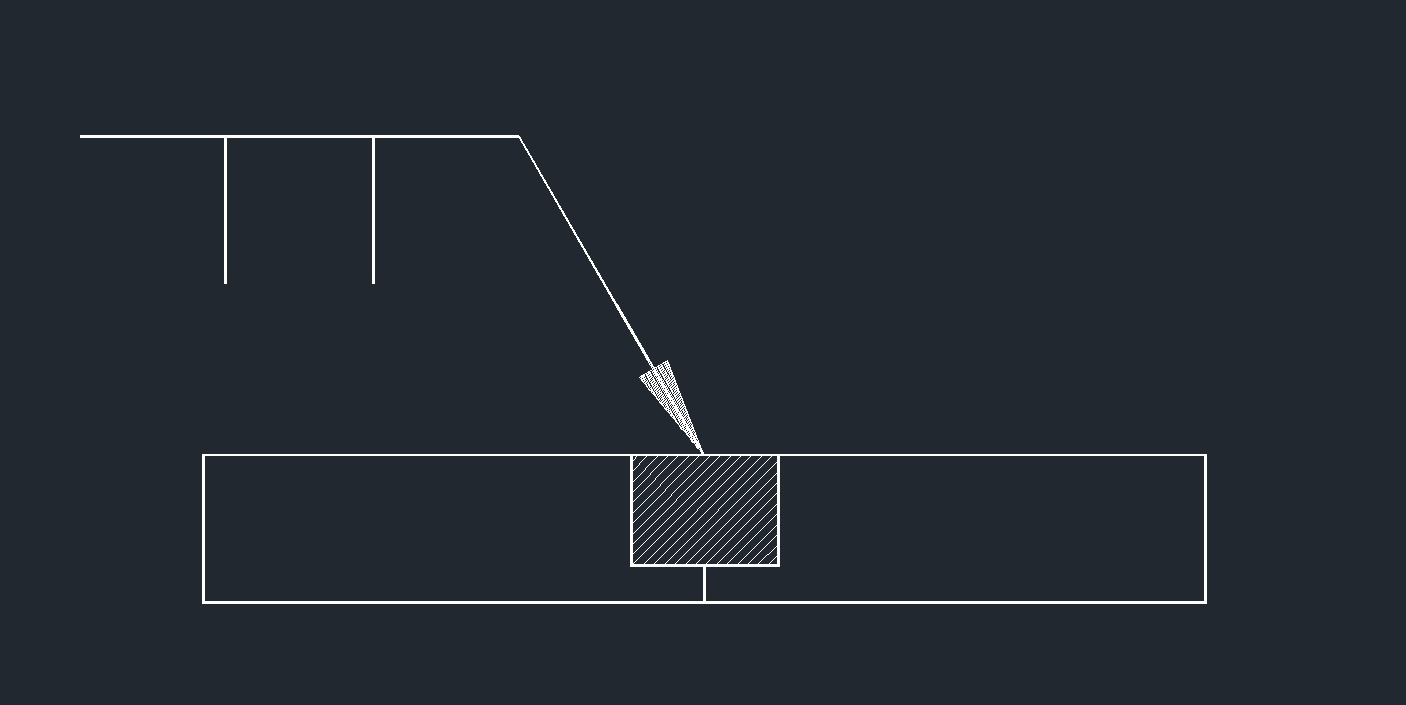 Square Groove
Square Groove 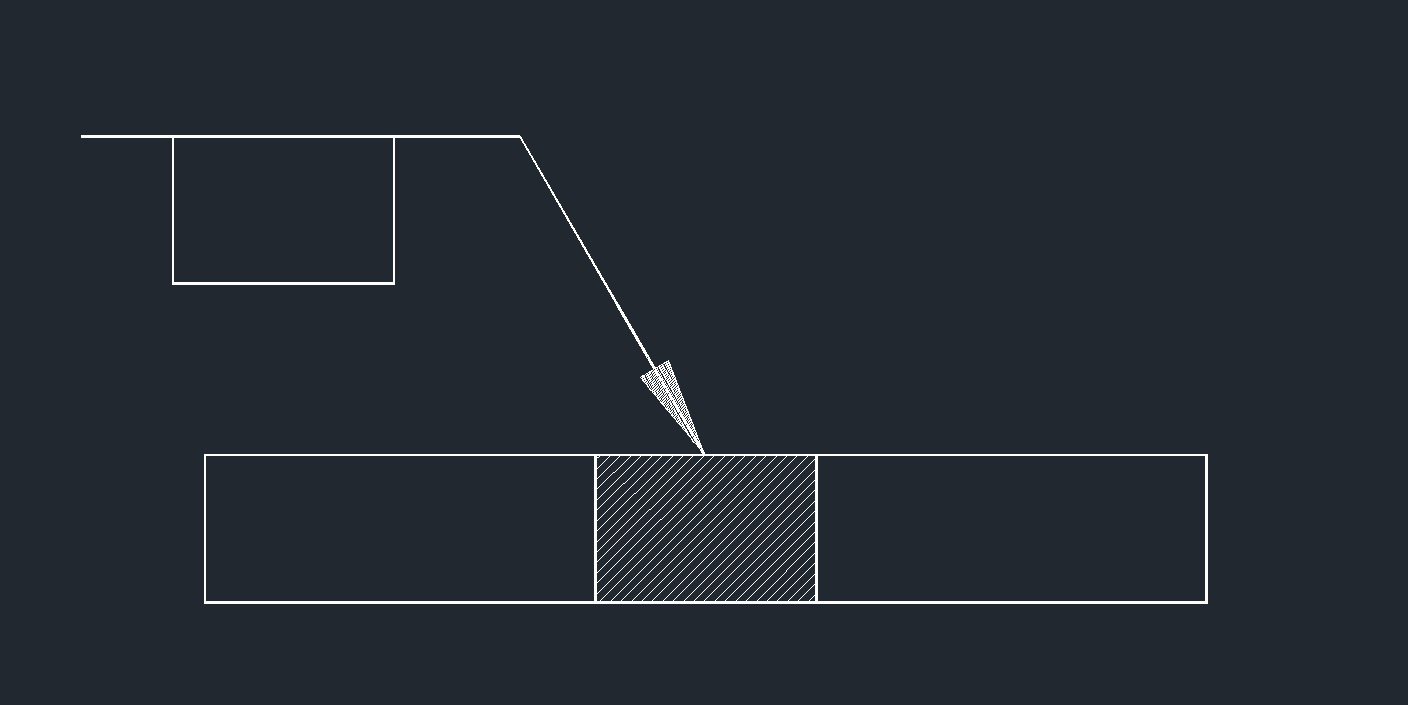 Plug or Slot
Plug or Slot 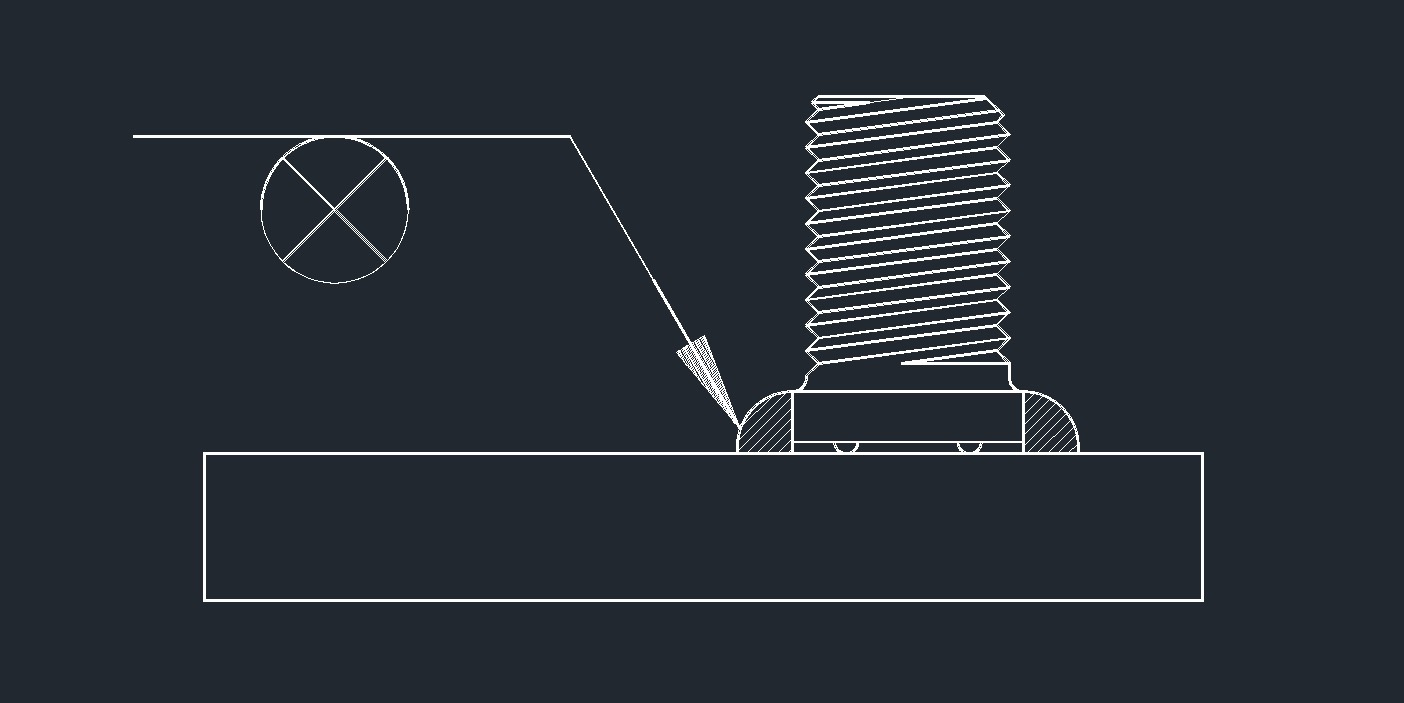 Stud
Stud
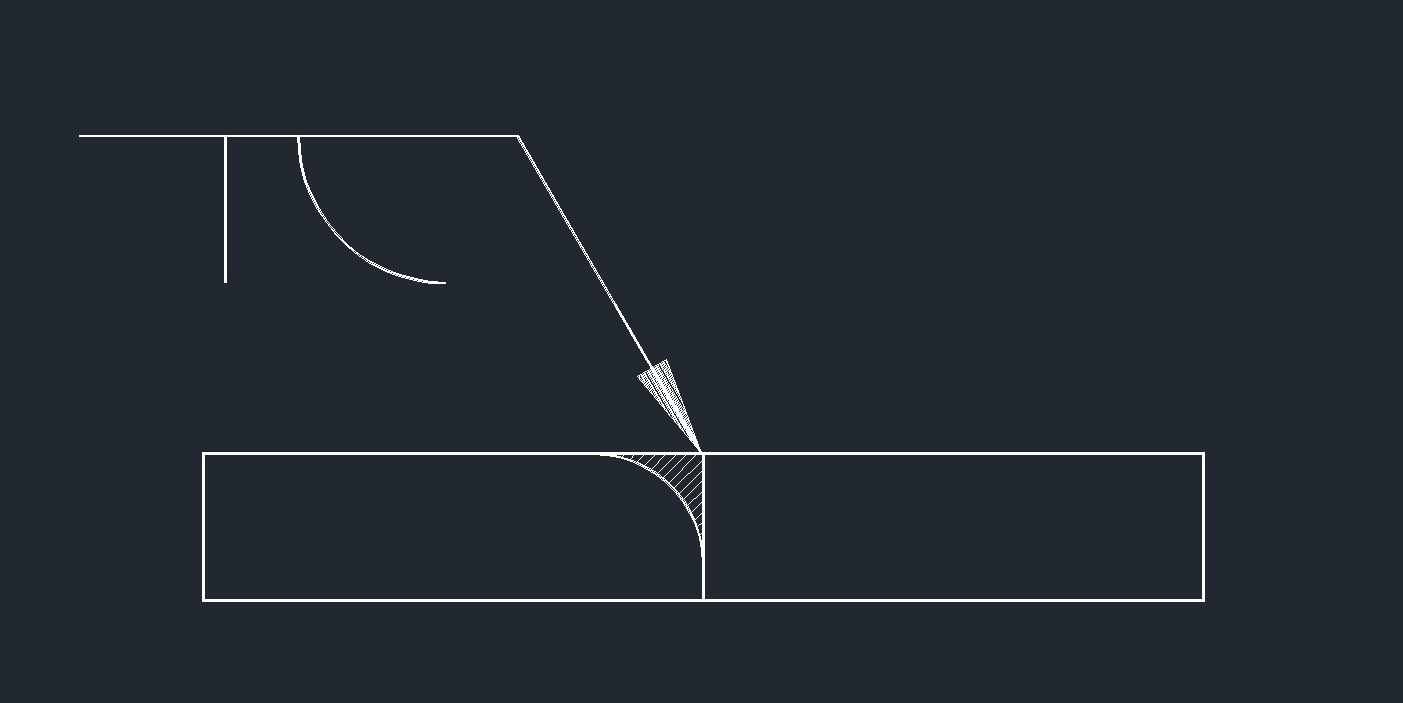 Flare Bevel
Flare Bevel 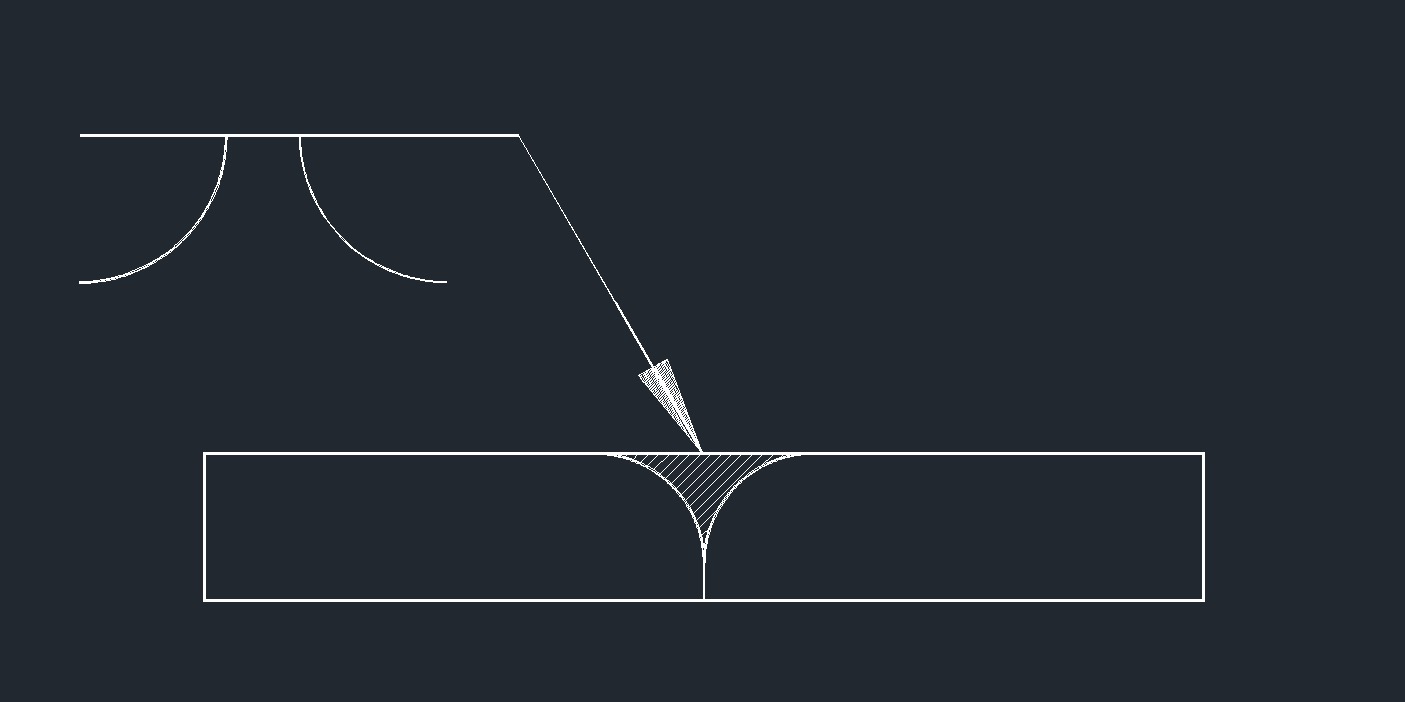 Flare Groove
Flare Groove 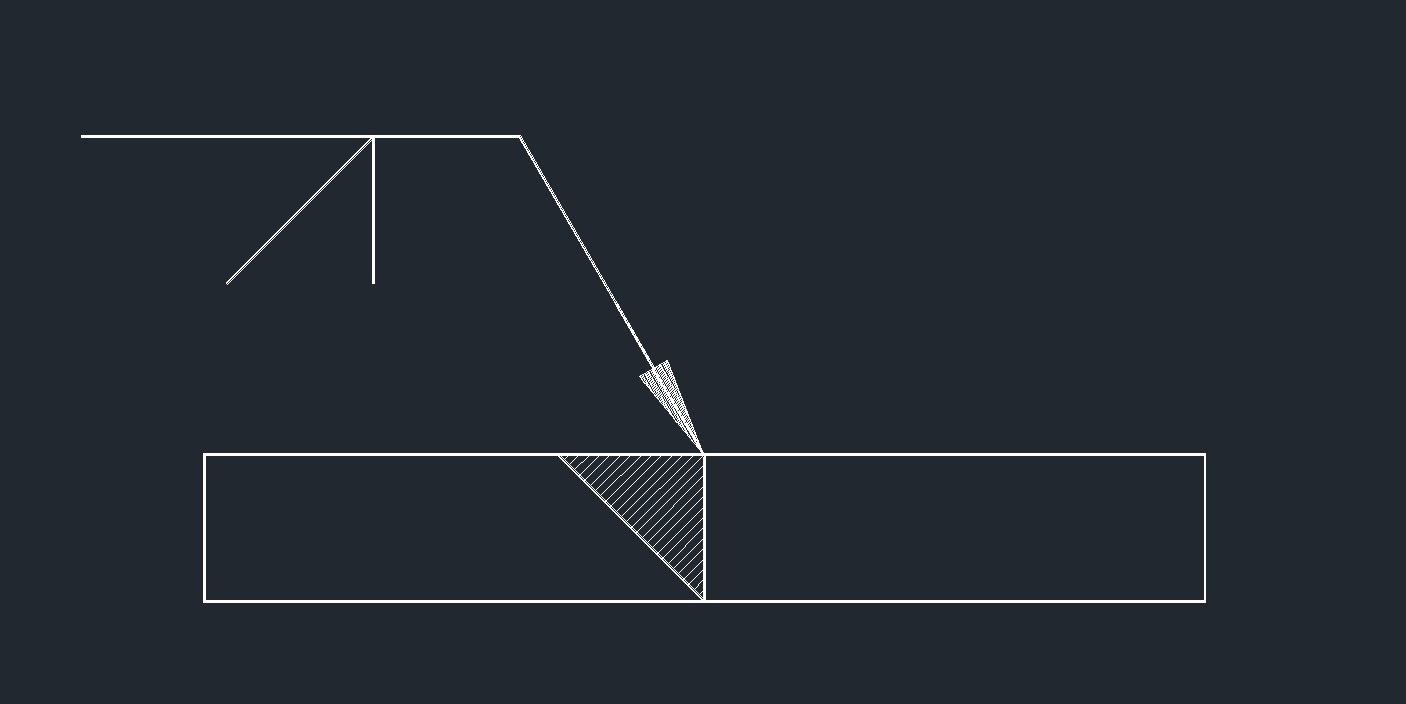 Bevel Groove
Bevel Groove 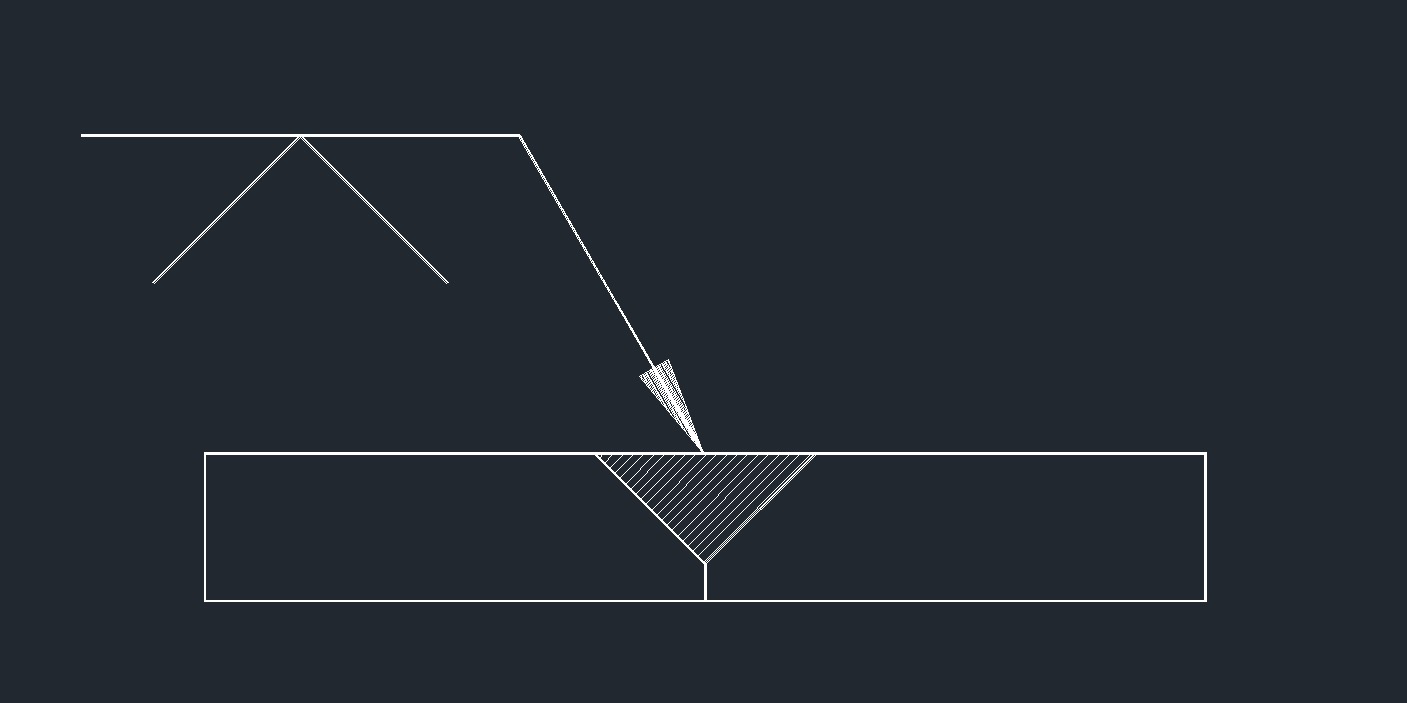 V Groove
V Groove
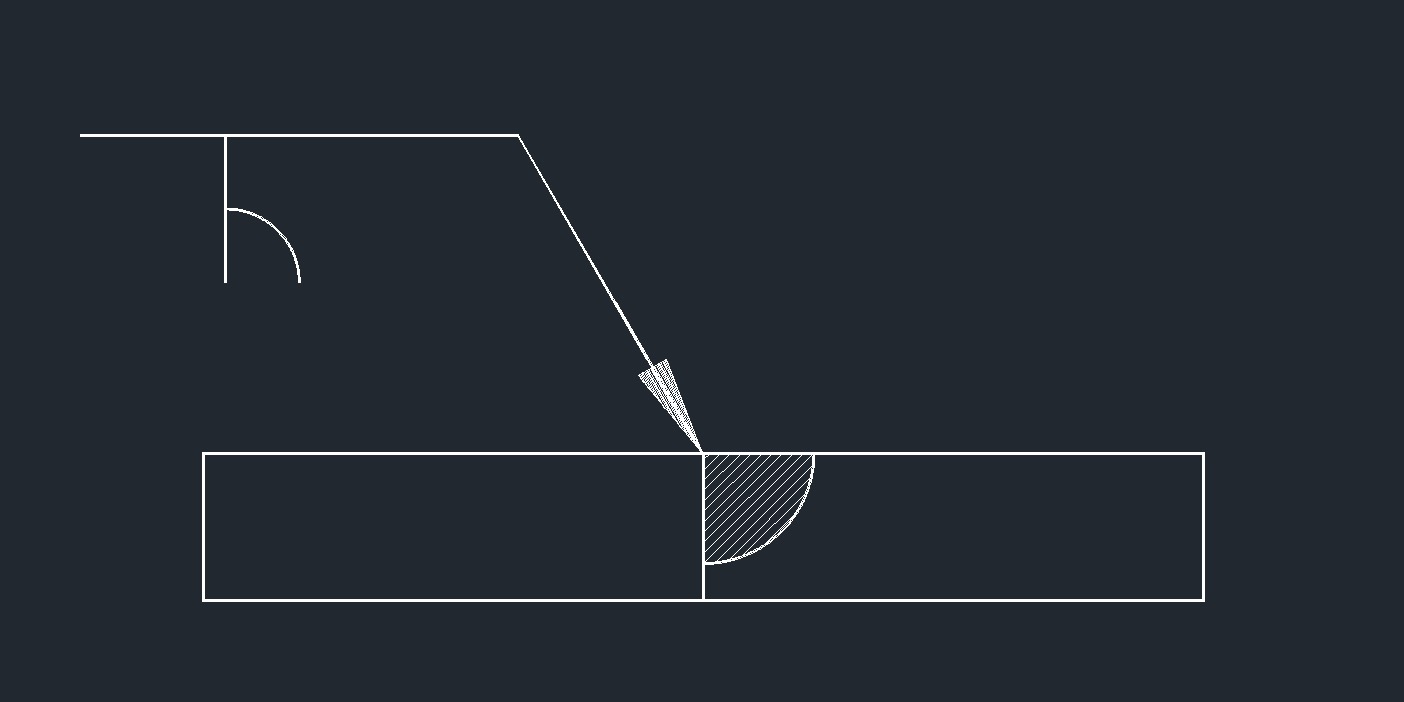 J Groove
J Groove 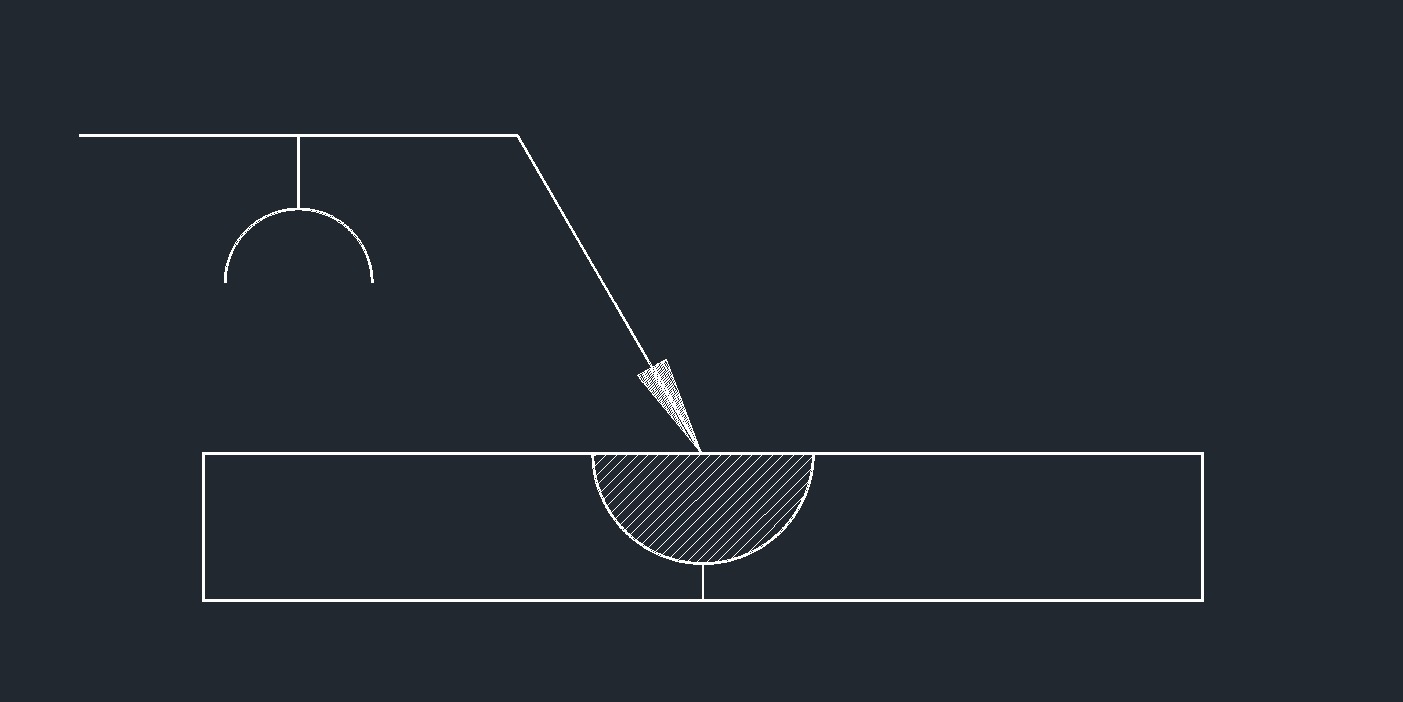 U Groove
U Groove 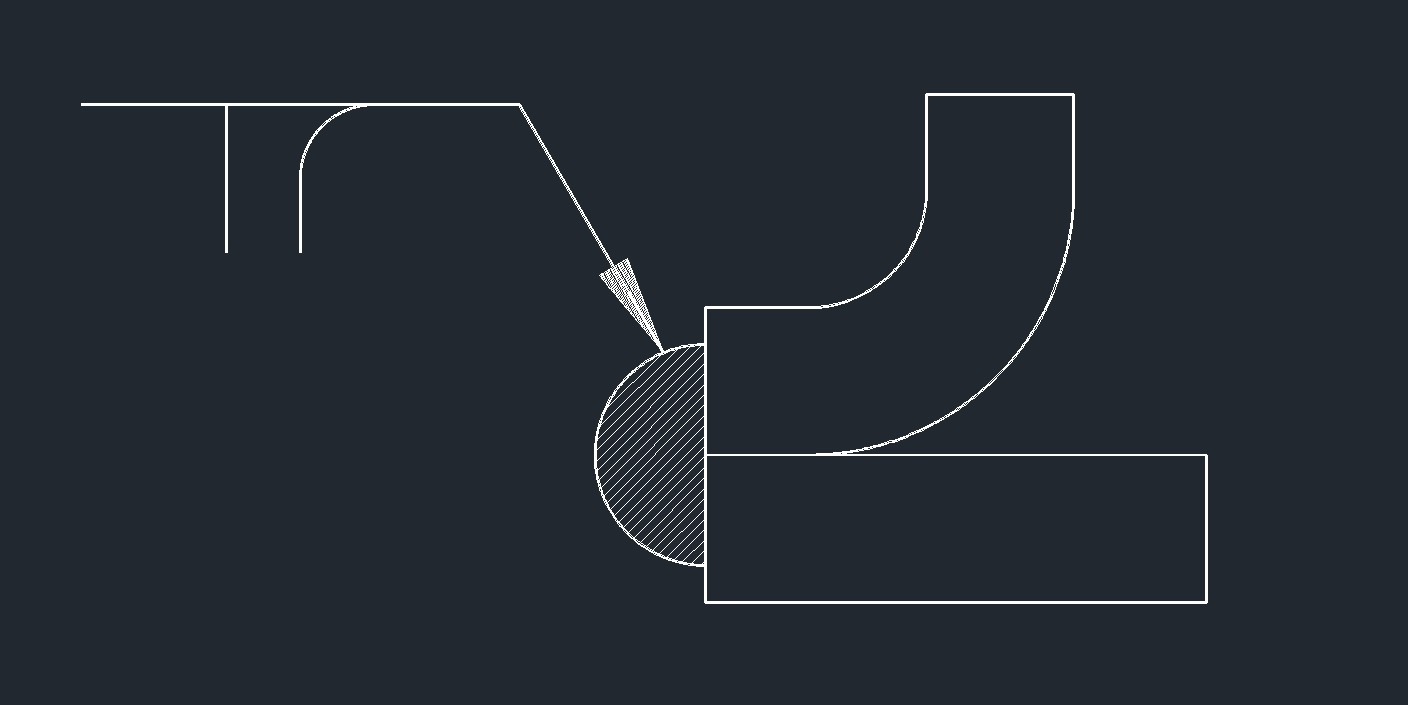 Flange Corner
Flange Corner 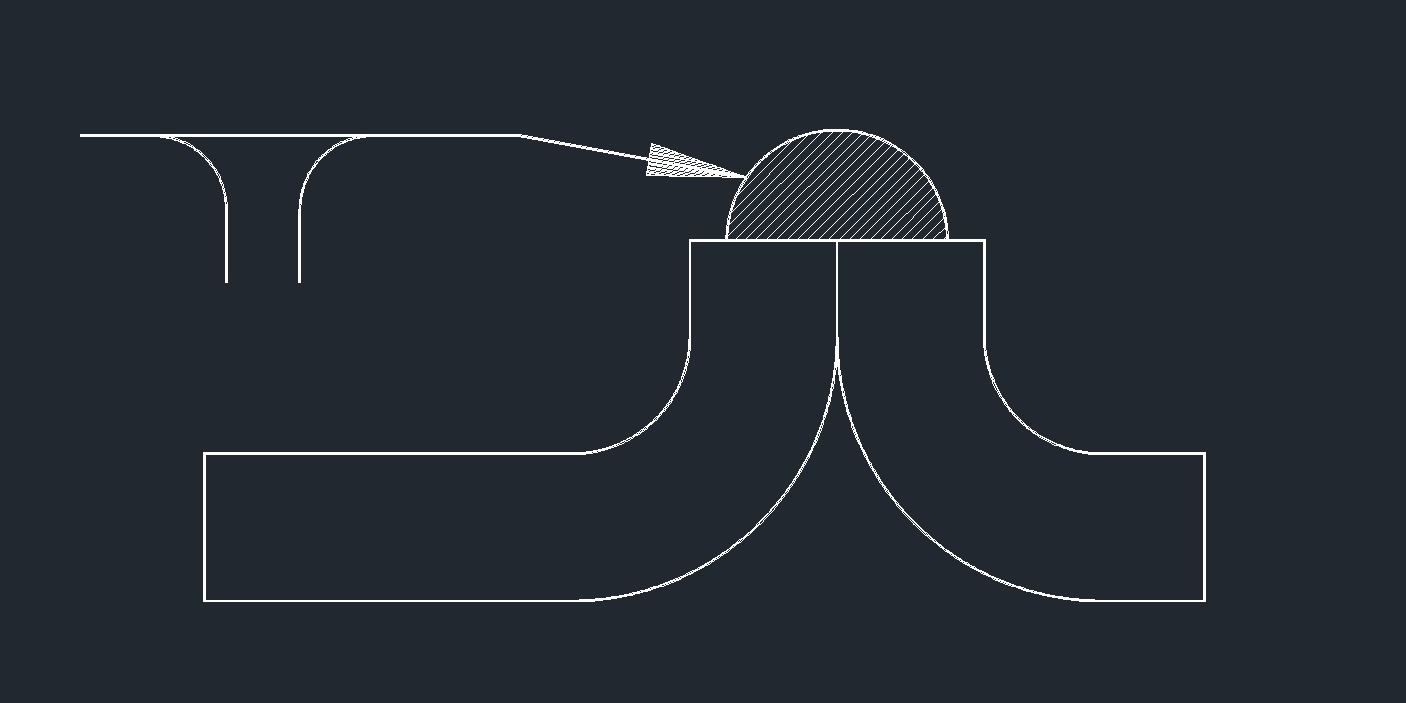 Flange Edge
Flange Edge
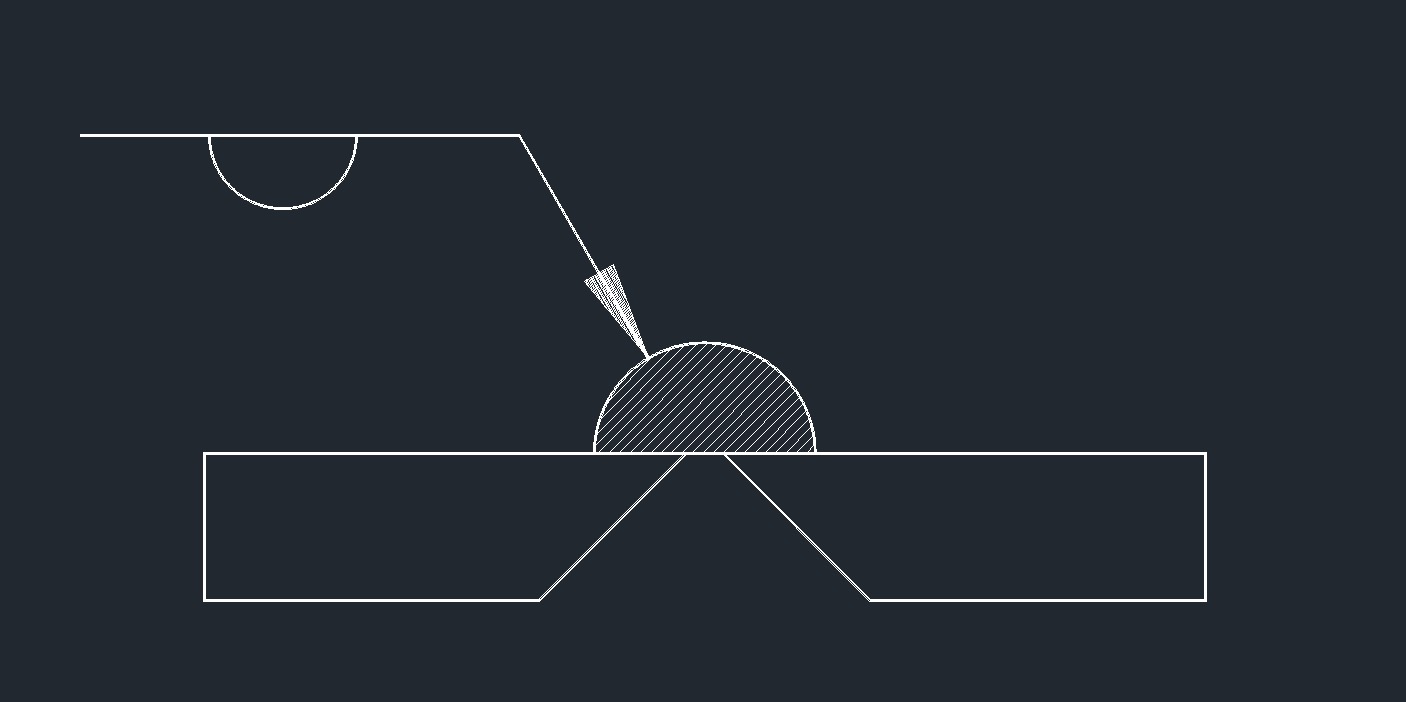 Back of Backing
Back of Backing 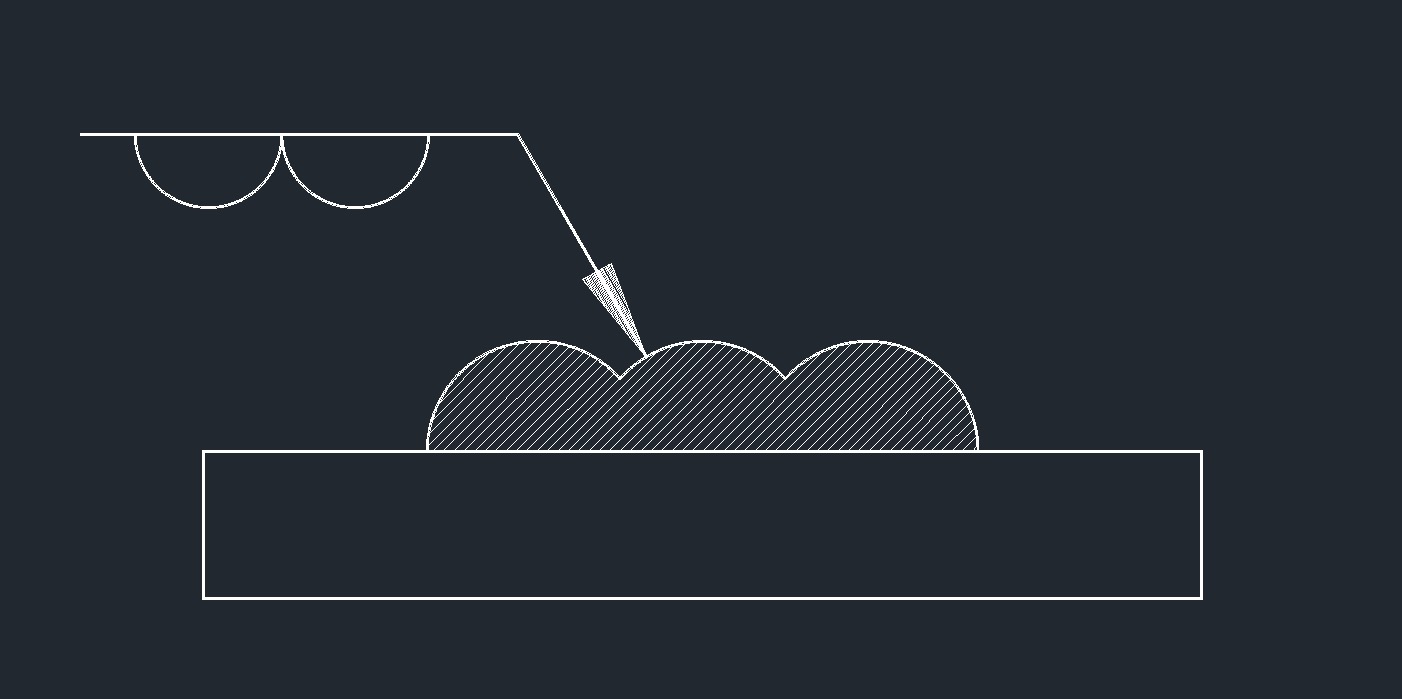 Surfacing
Surfacing 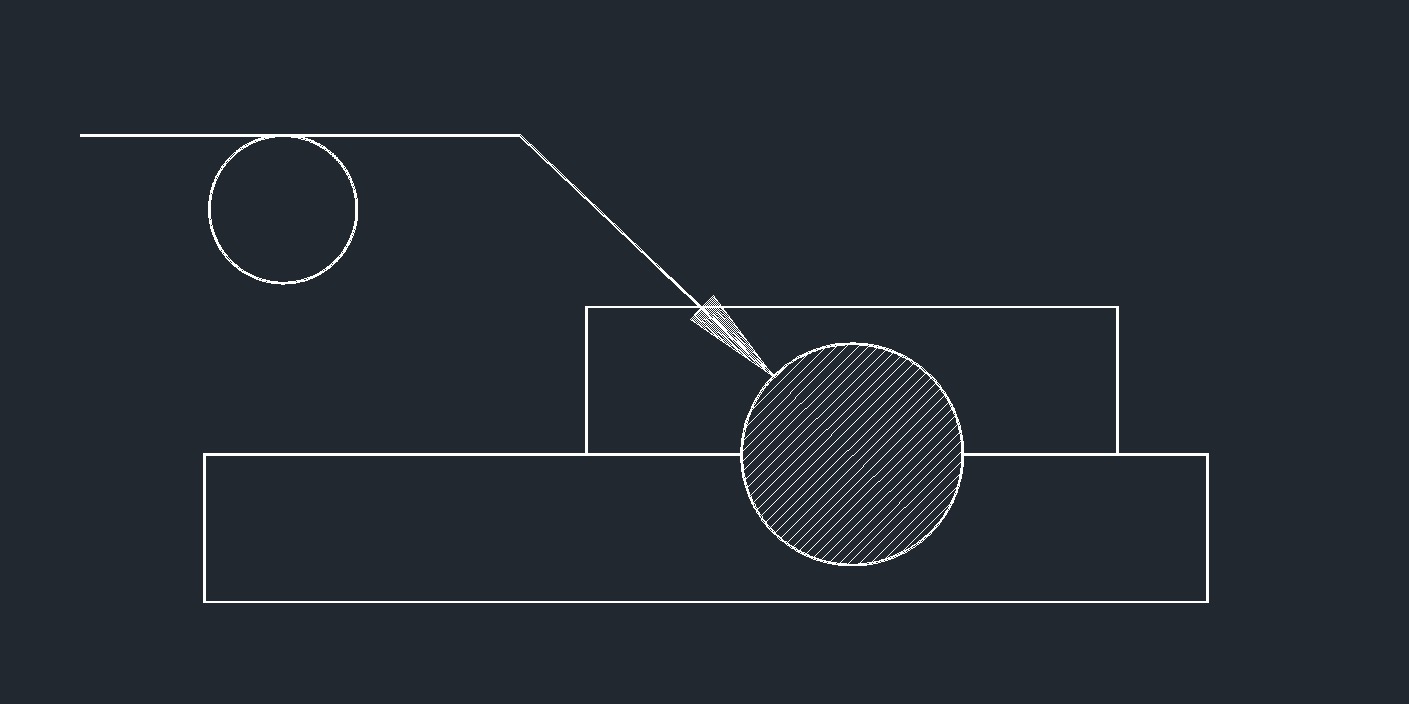 Spot or Projection
Spot or Projection 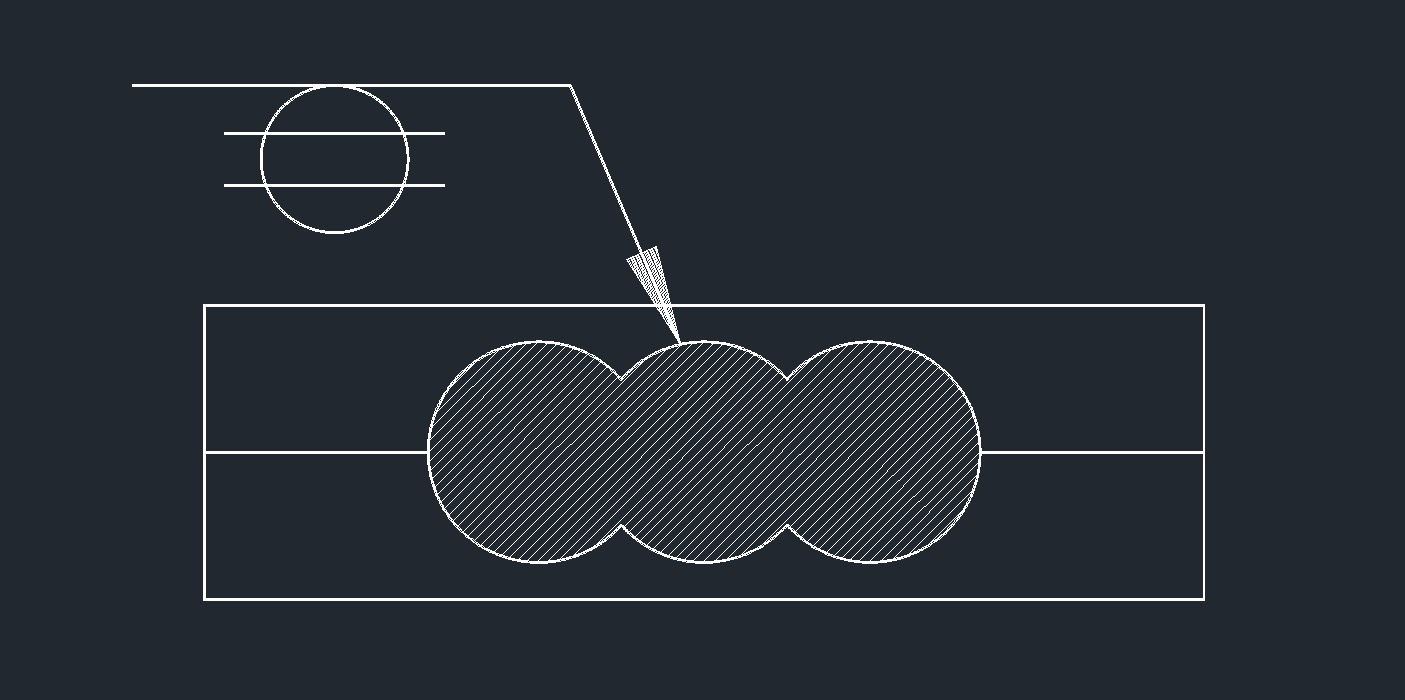 Seam
Seam
Fillet Weld Symbols
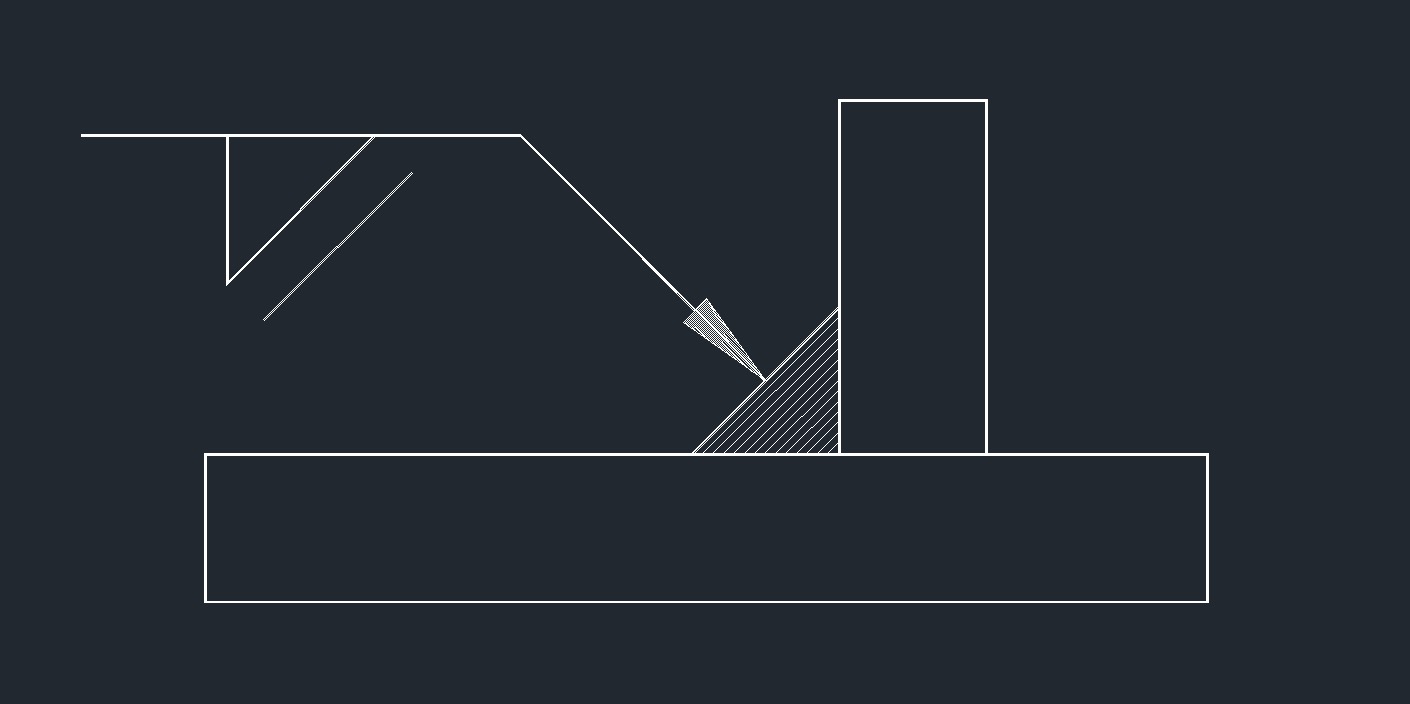 Miter Contour Fillet
Miter Contour Fillet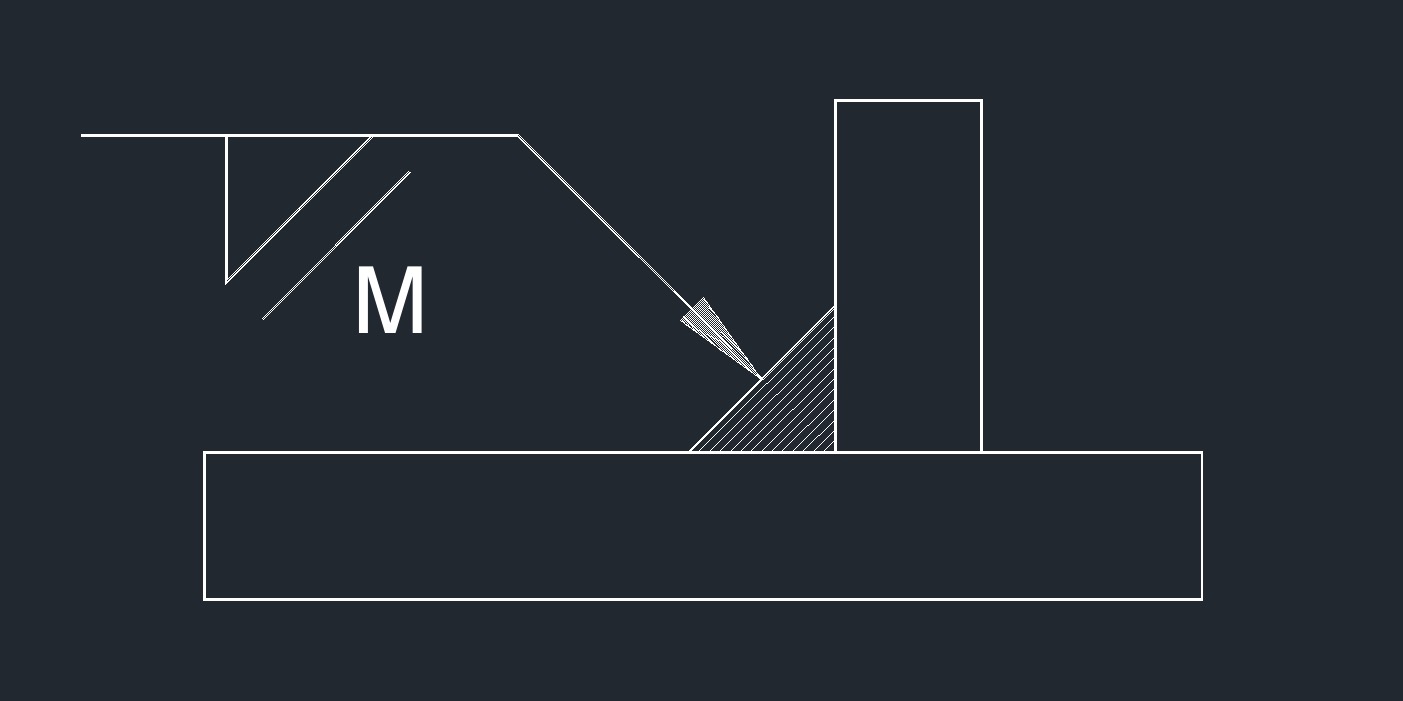 Miter Machining Fillet
Miter Machining Fillet 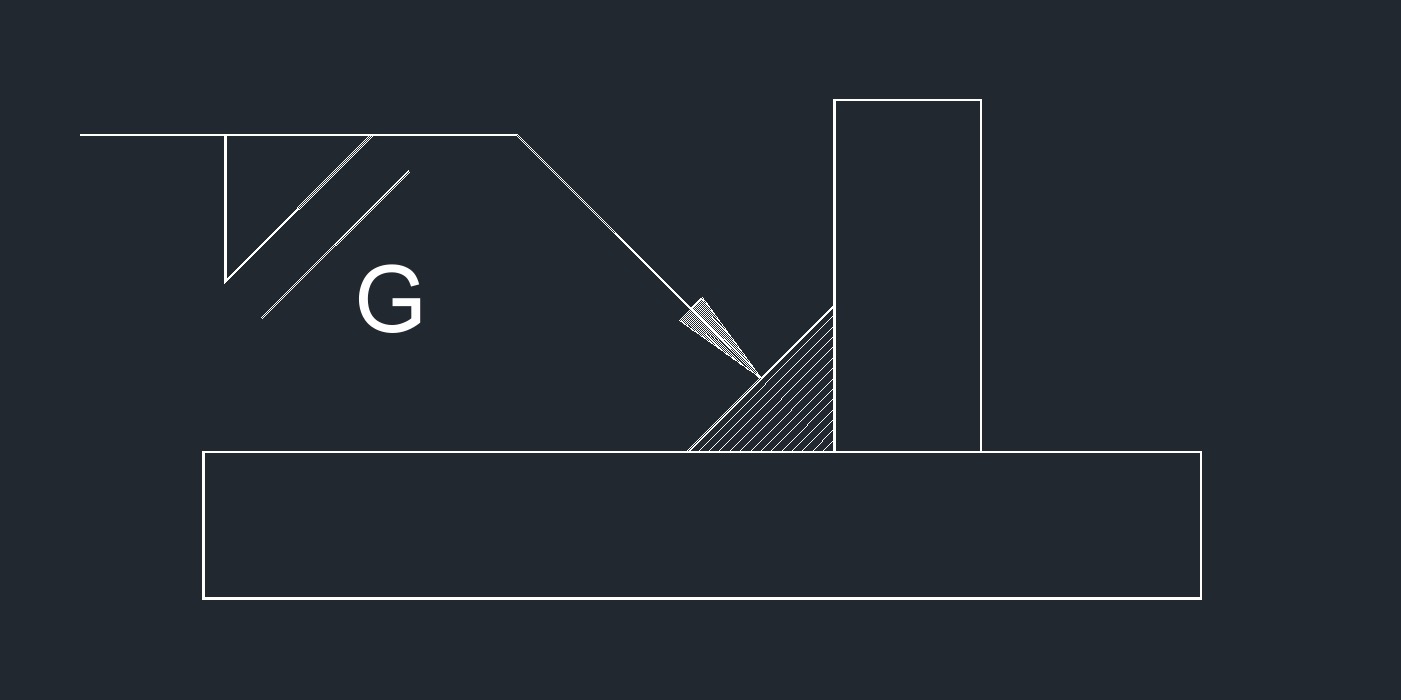 Miter Grinding Fillet
Miter Grinding Fillet 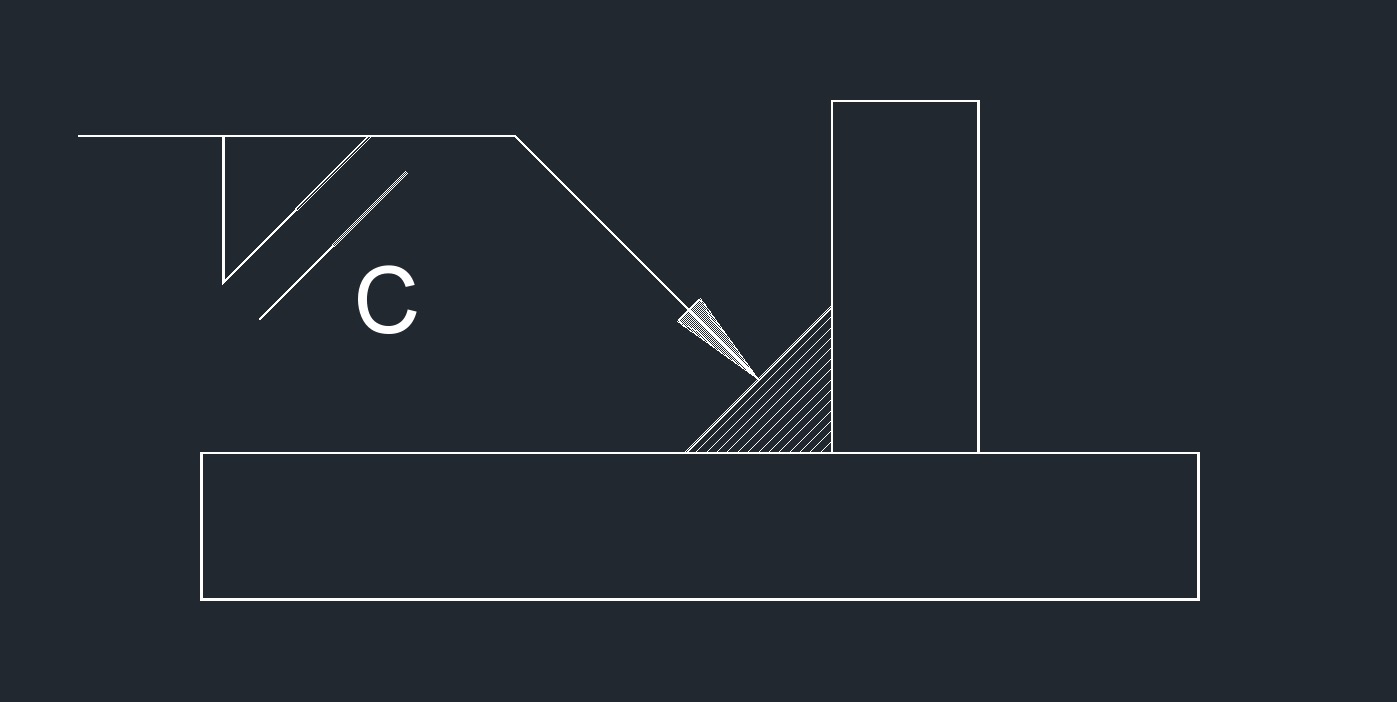 Miter Chipping Fillet
Miter Chipping Fillet
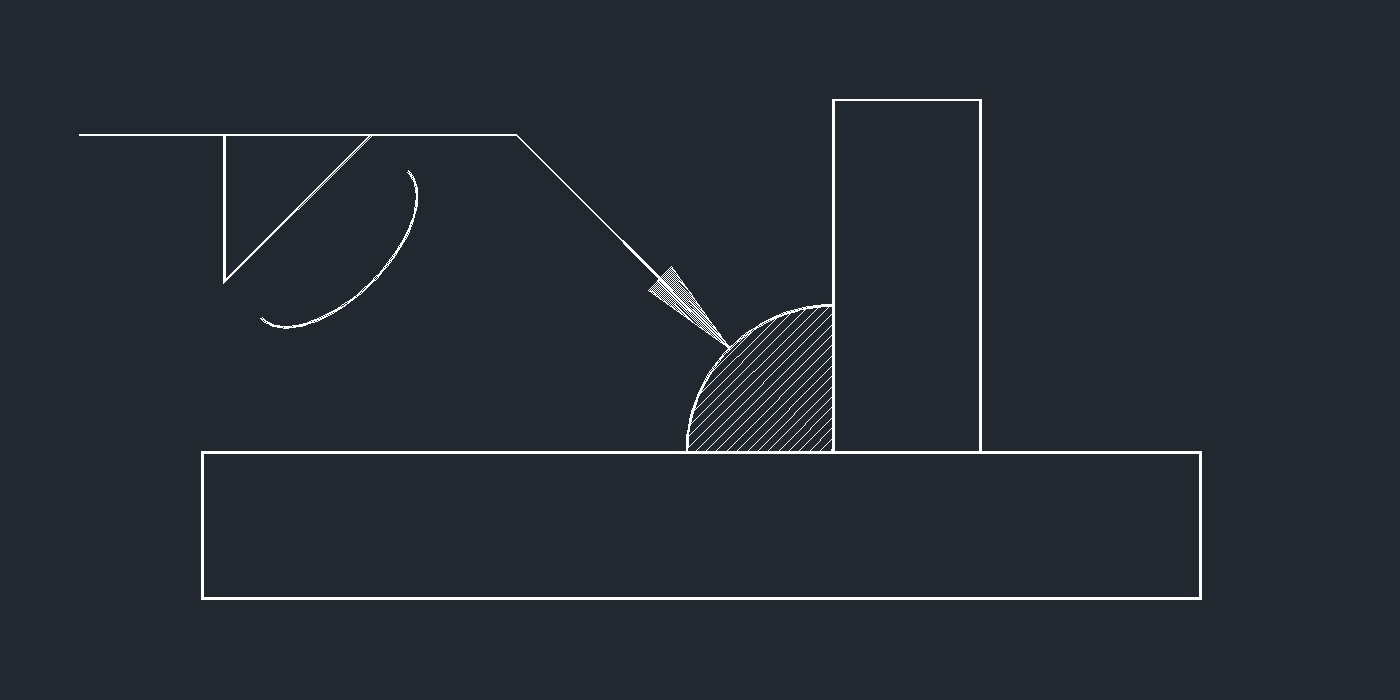 Convex Contour Fillet
Convex Contour Fillet 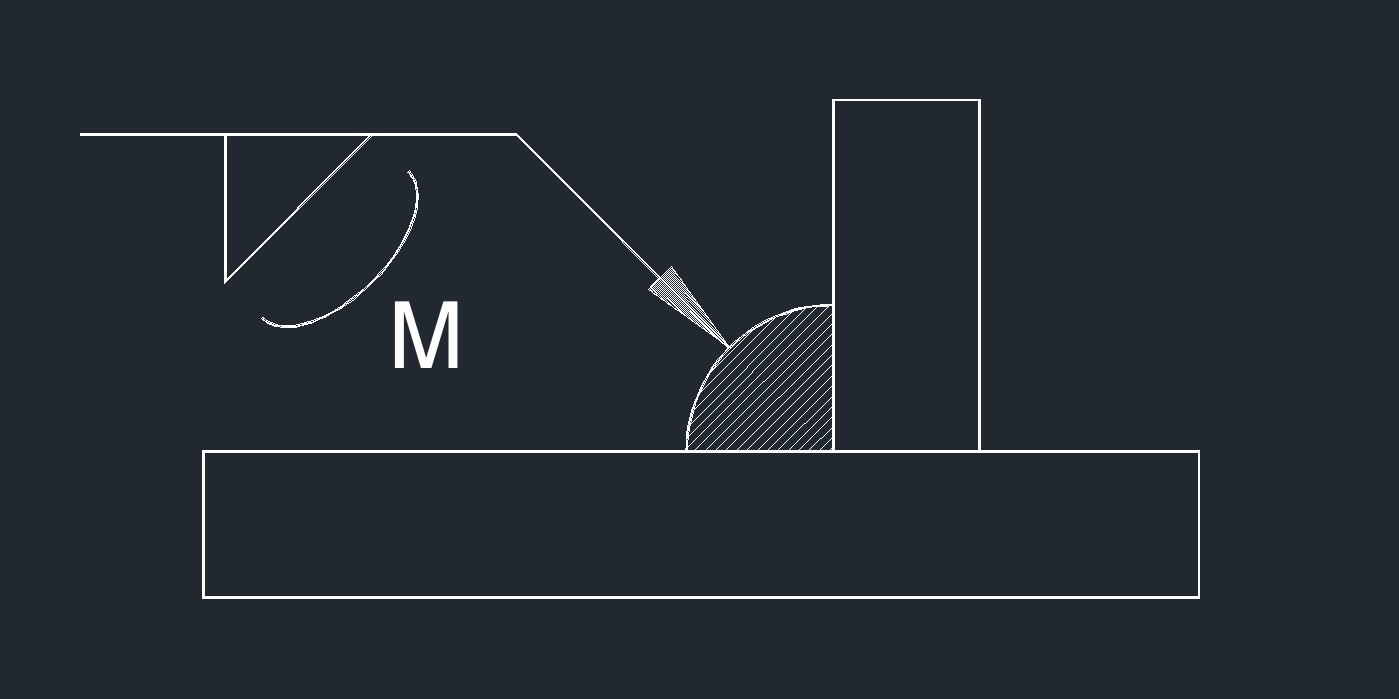 Convex Machining Fillet
Convex Machining Fillet 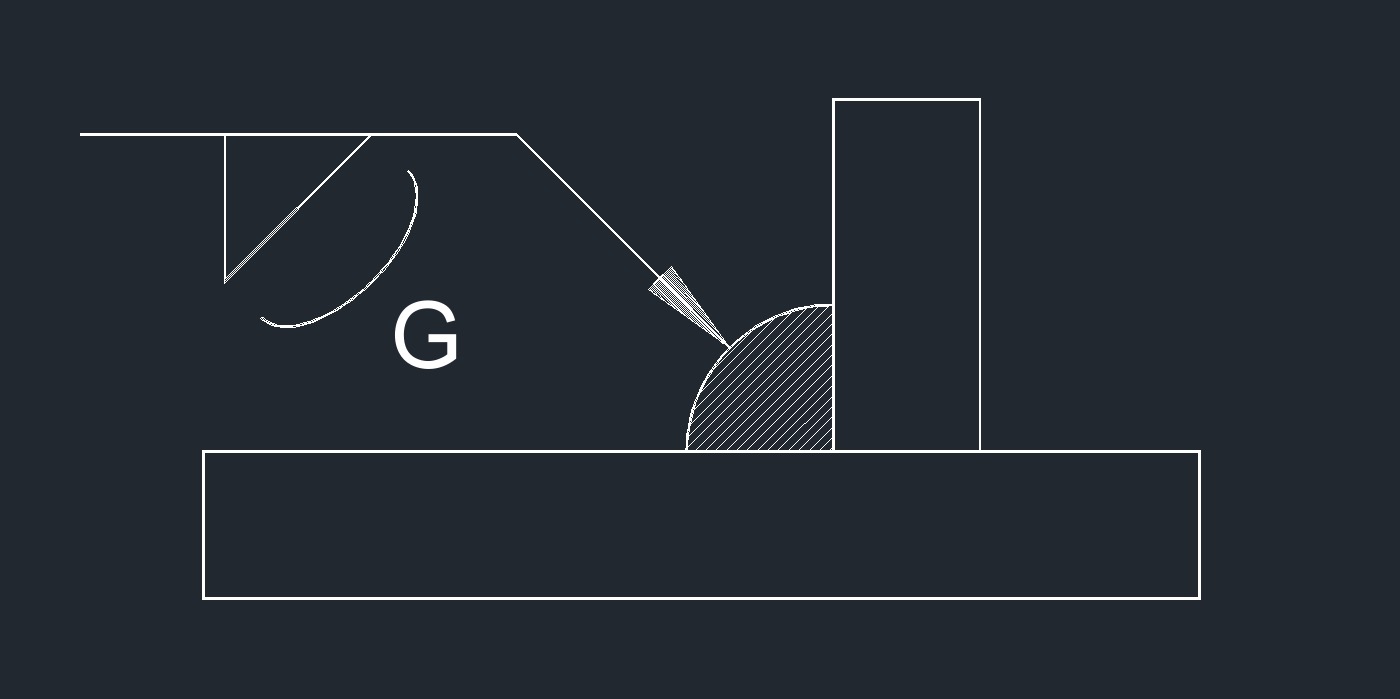 Convex Grinding Fillet
Convex Grinding Fillet 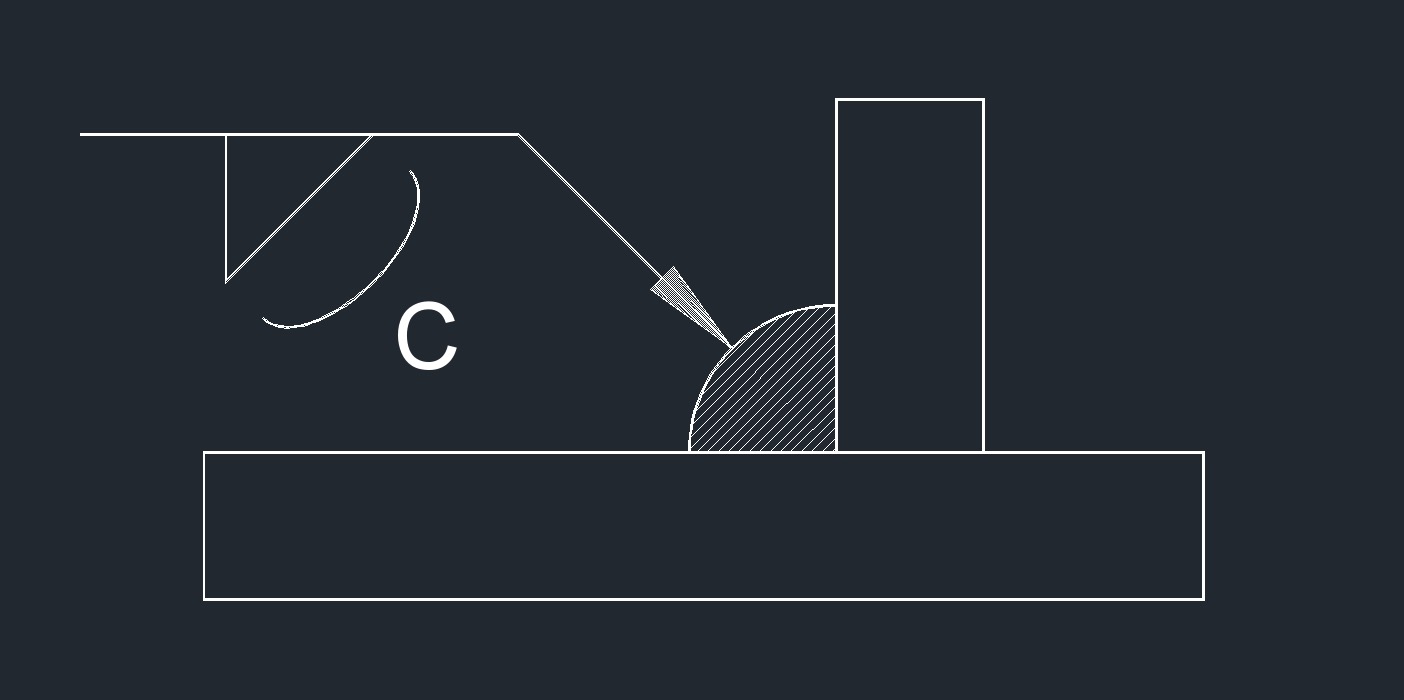 Convex Chipping Fillet
Convex Chipping Fillet
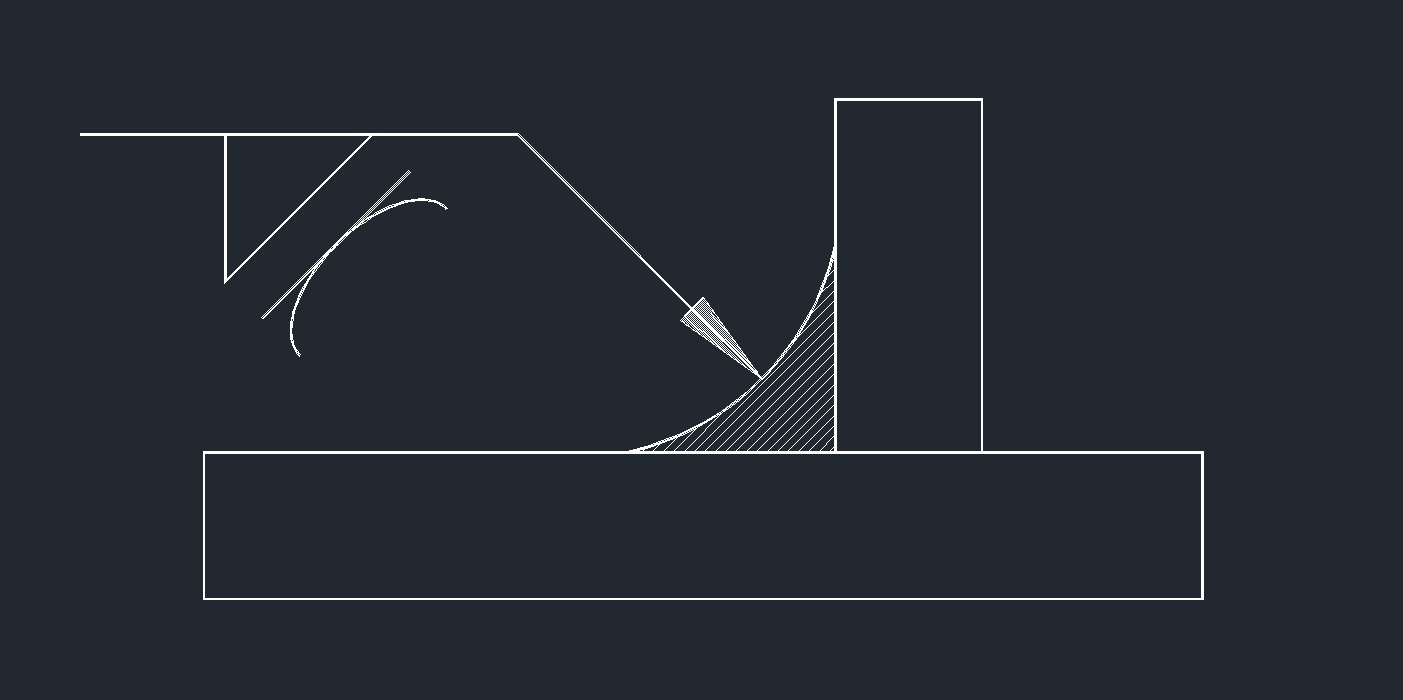 Concave Contour Fillet
Concave Contour Fillet 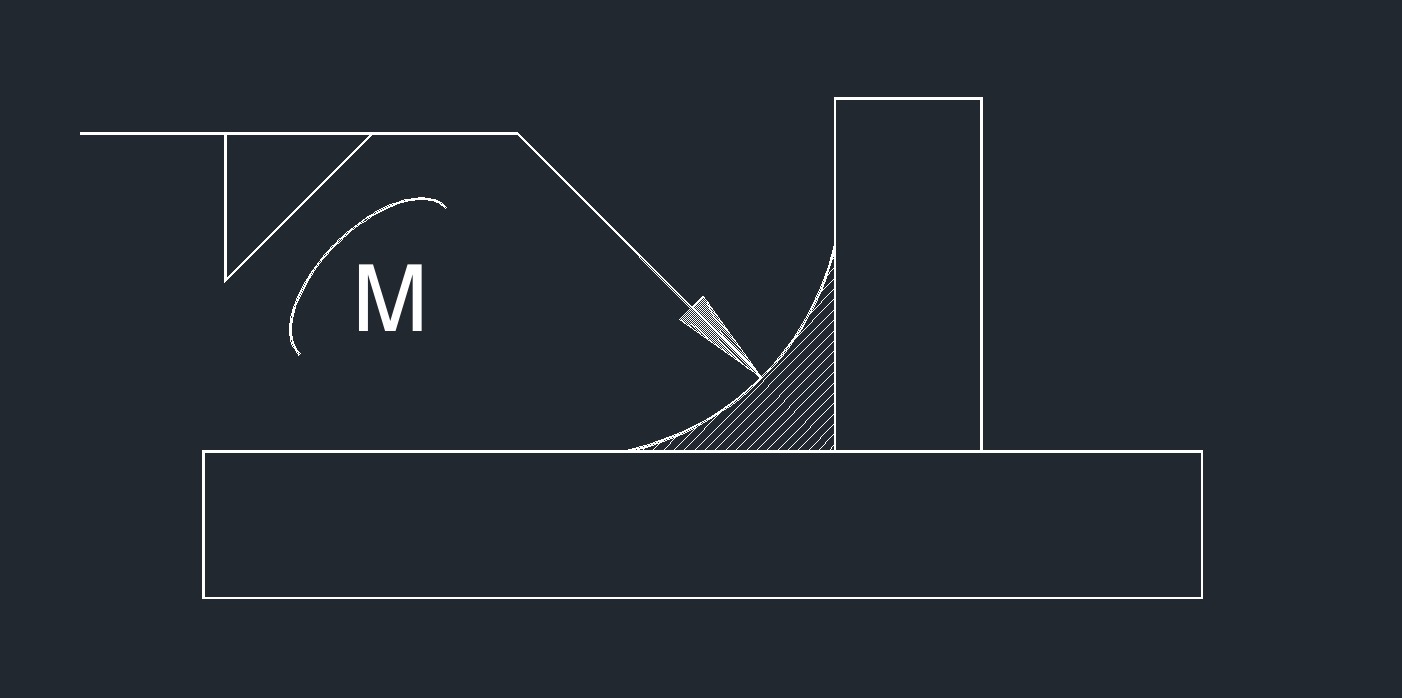 Concave Machining Fillet
Concave Machining Fillet 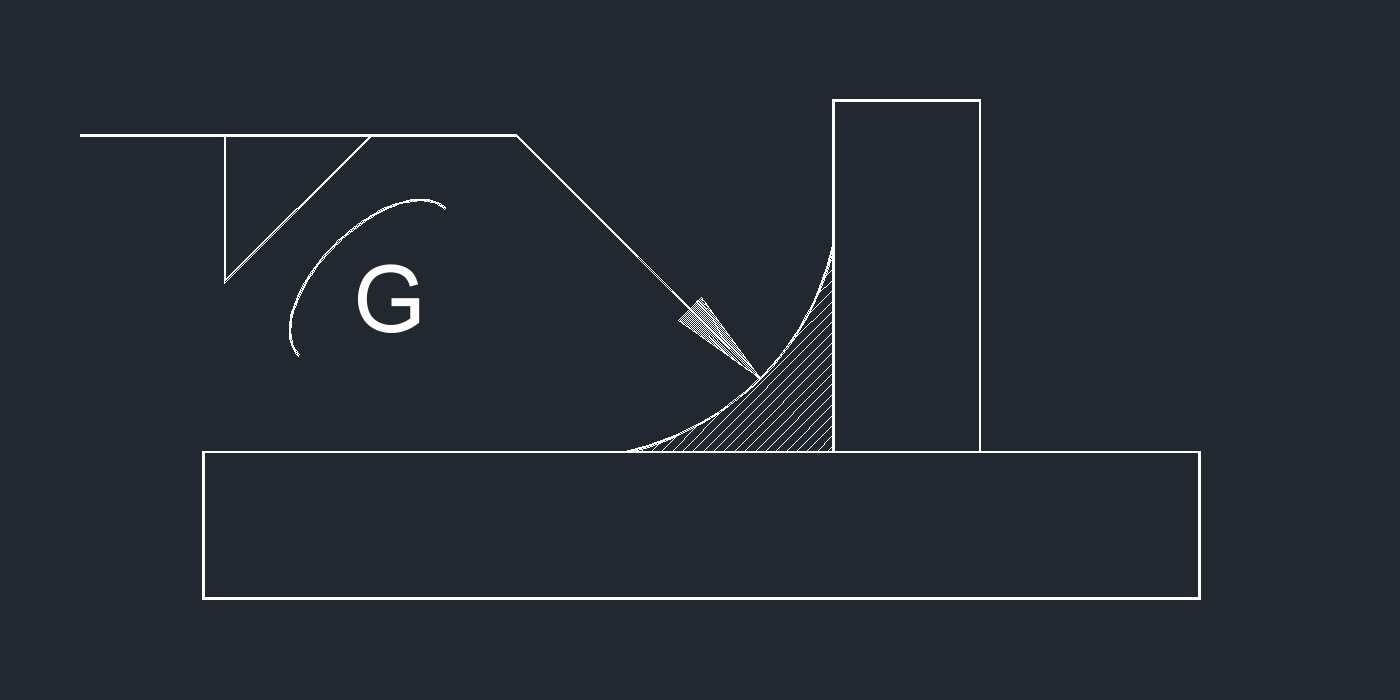 Concave Grinding Fillet
Concave Grinding Fillet 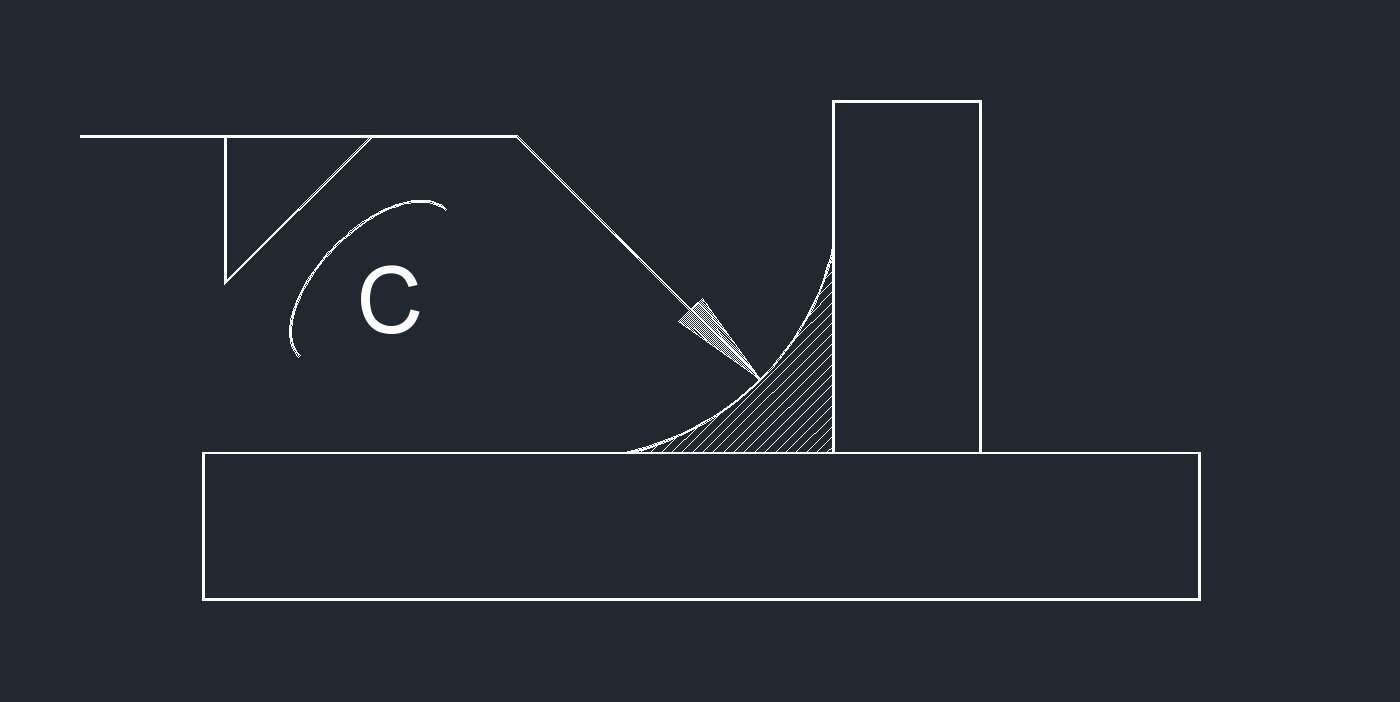 Concave Chipping Fillet
Concave Chipping Fillet

